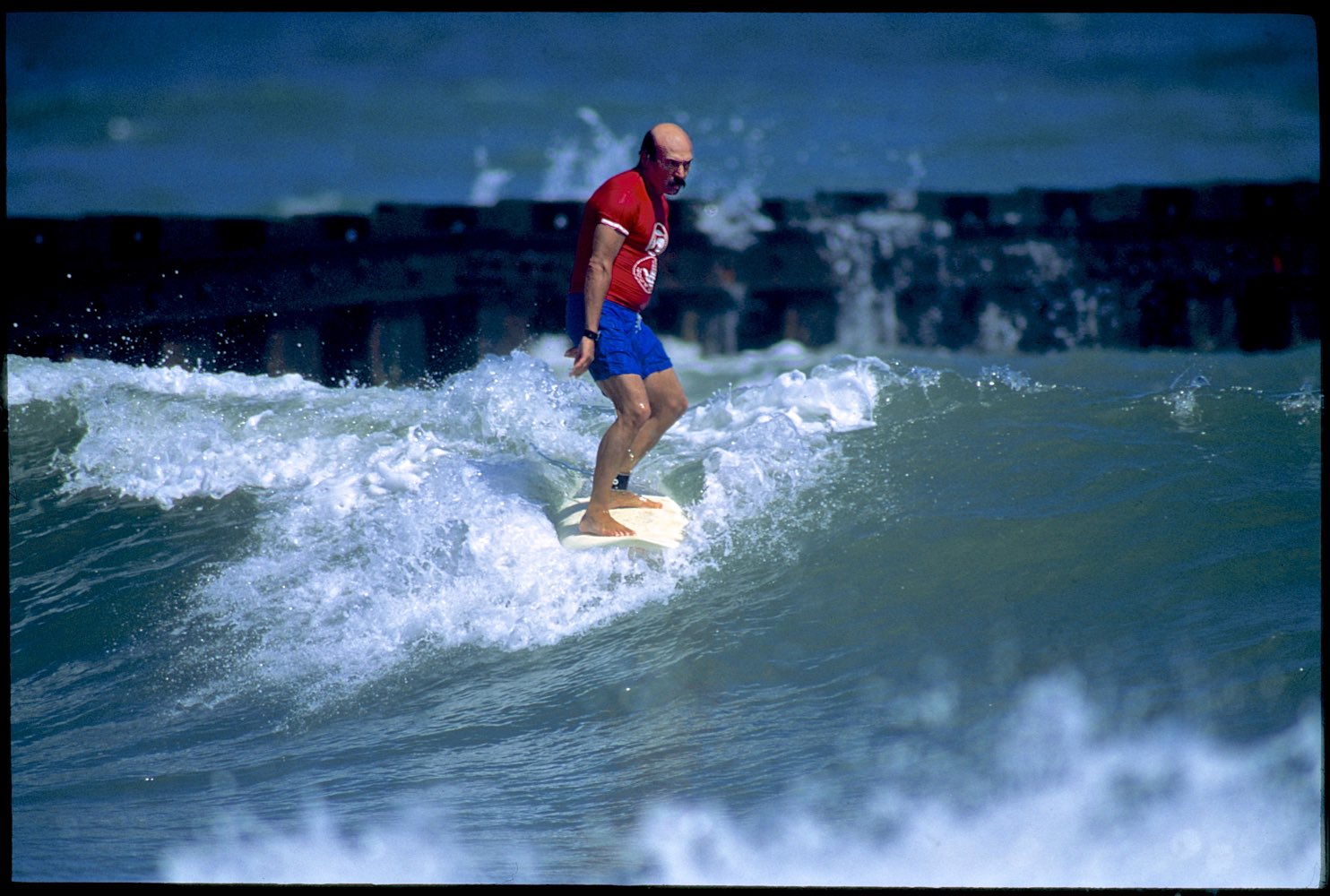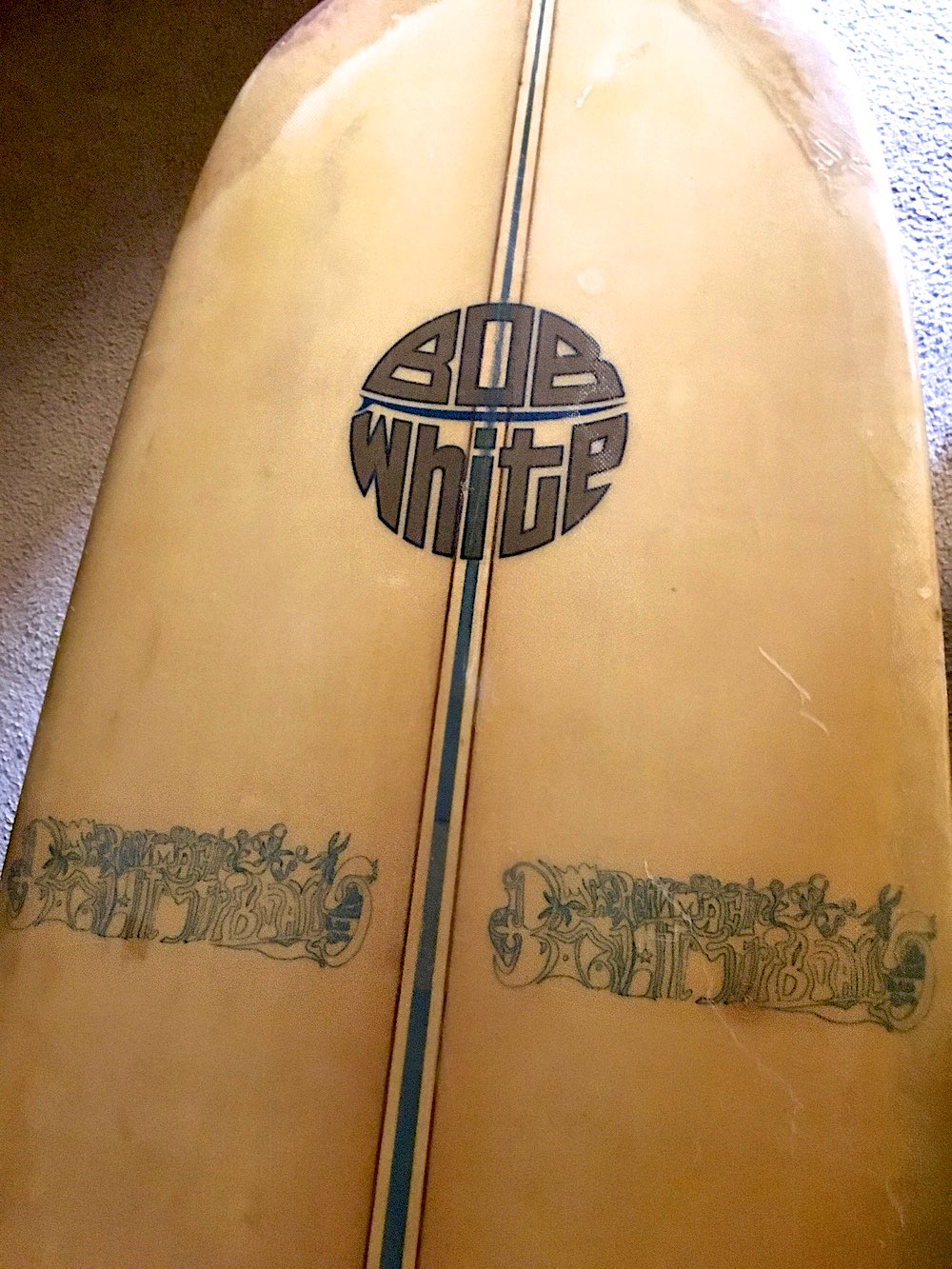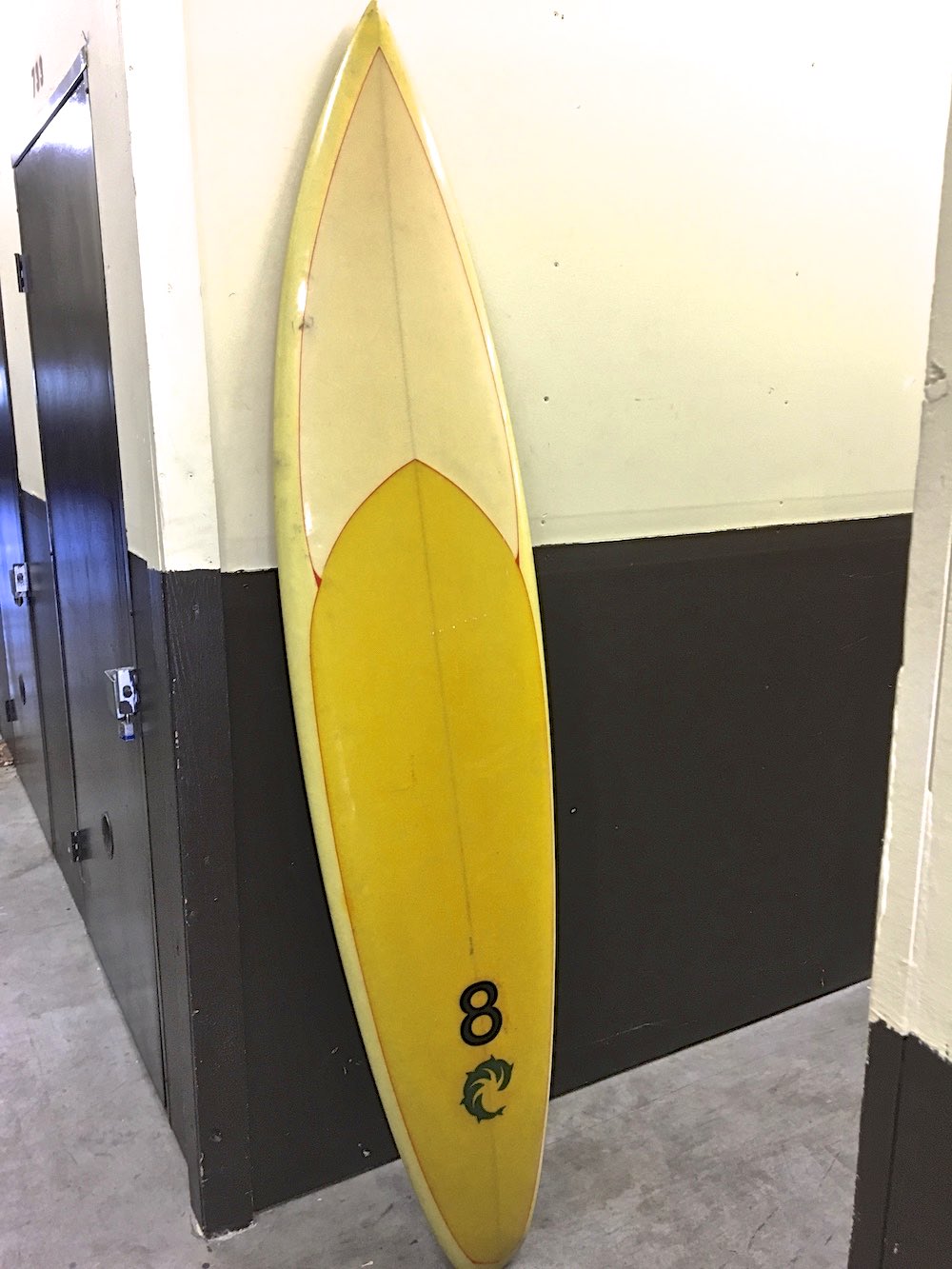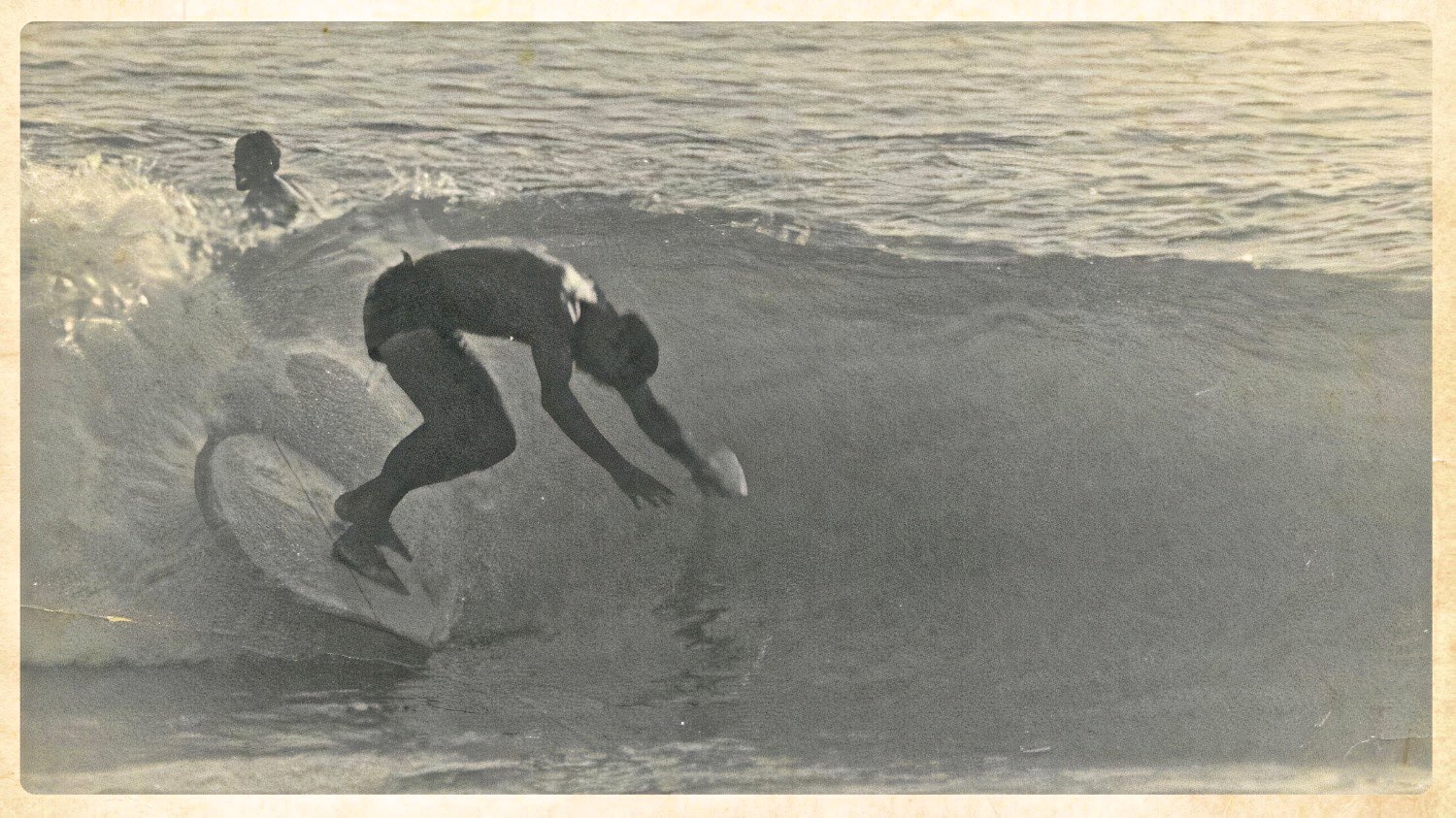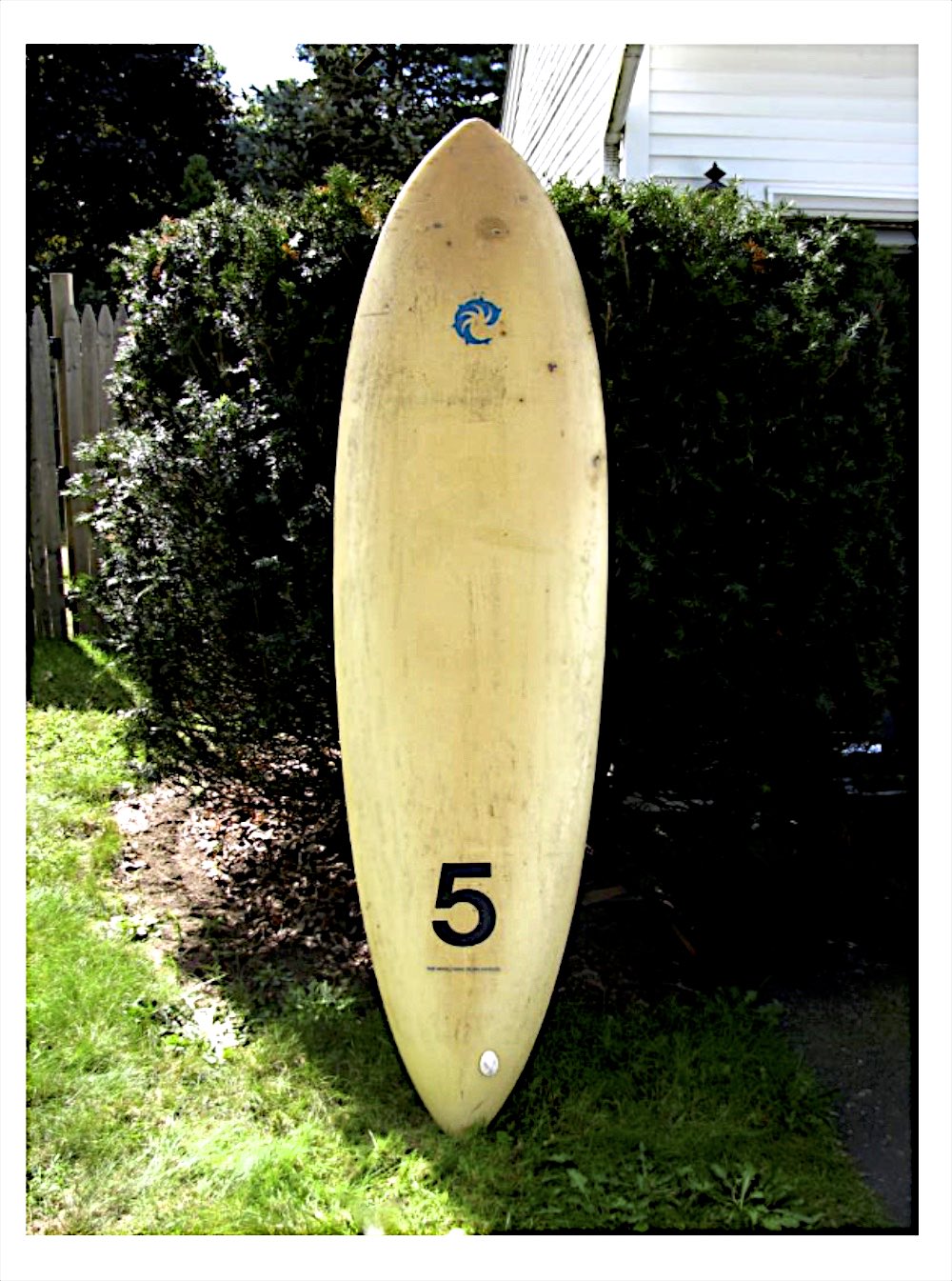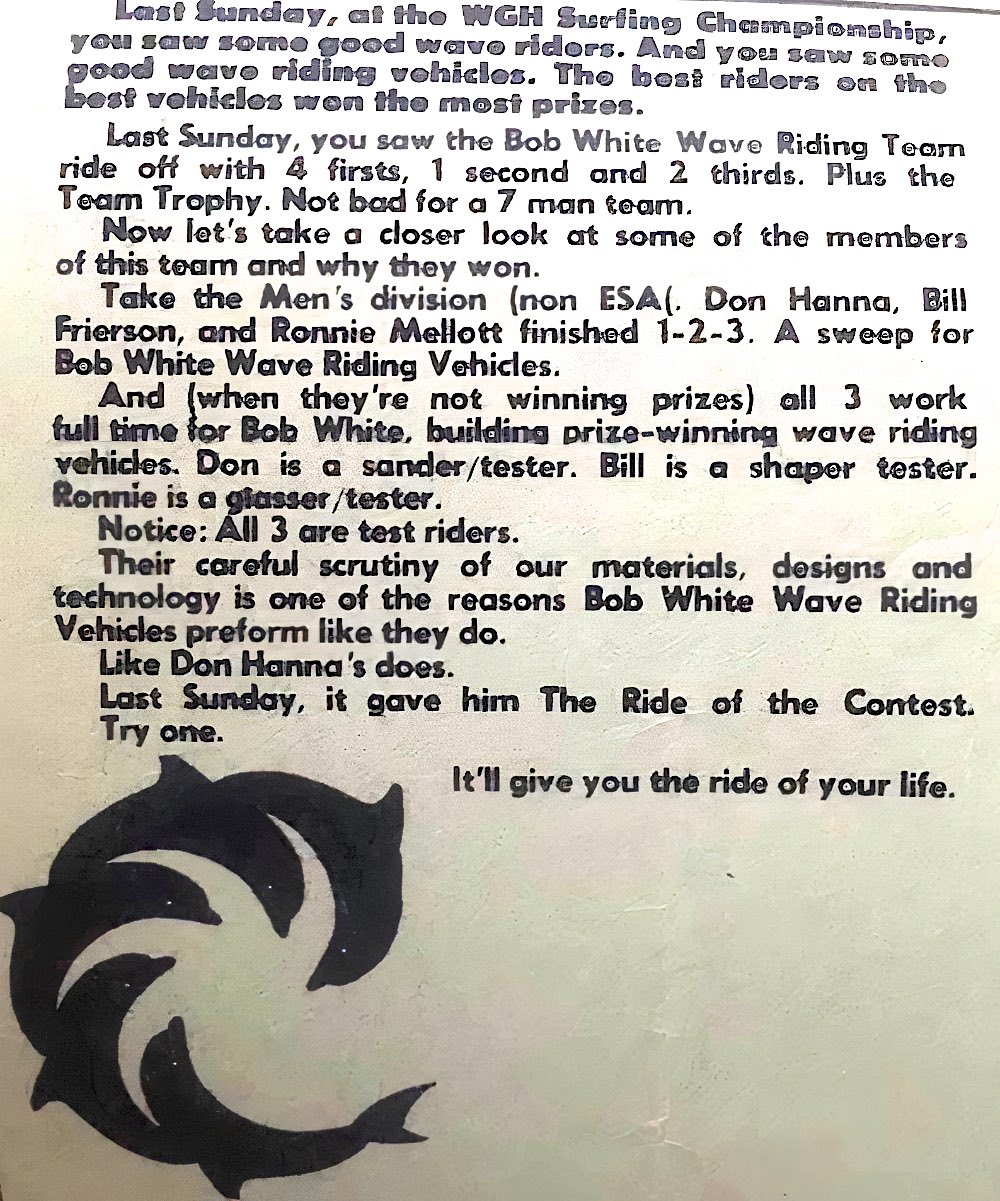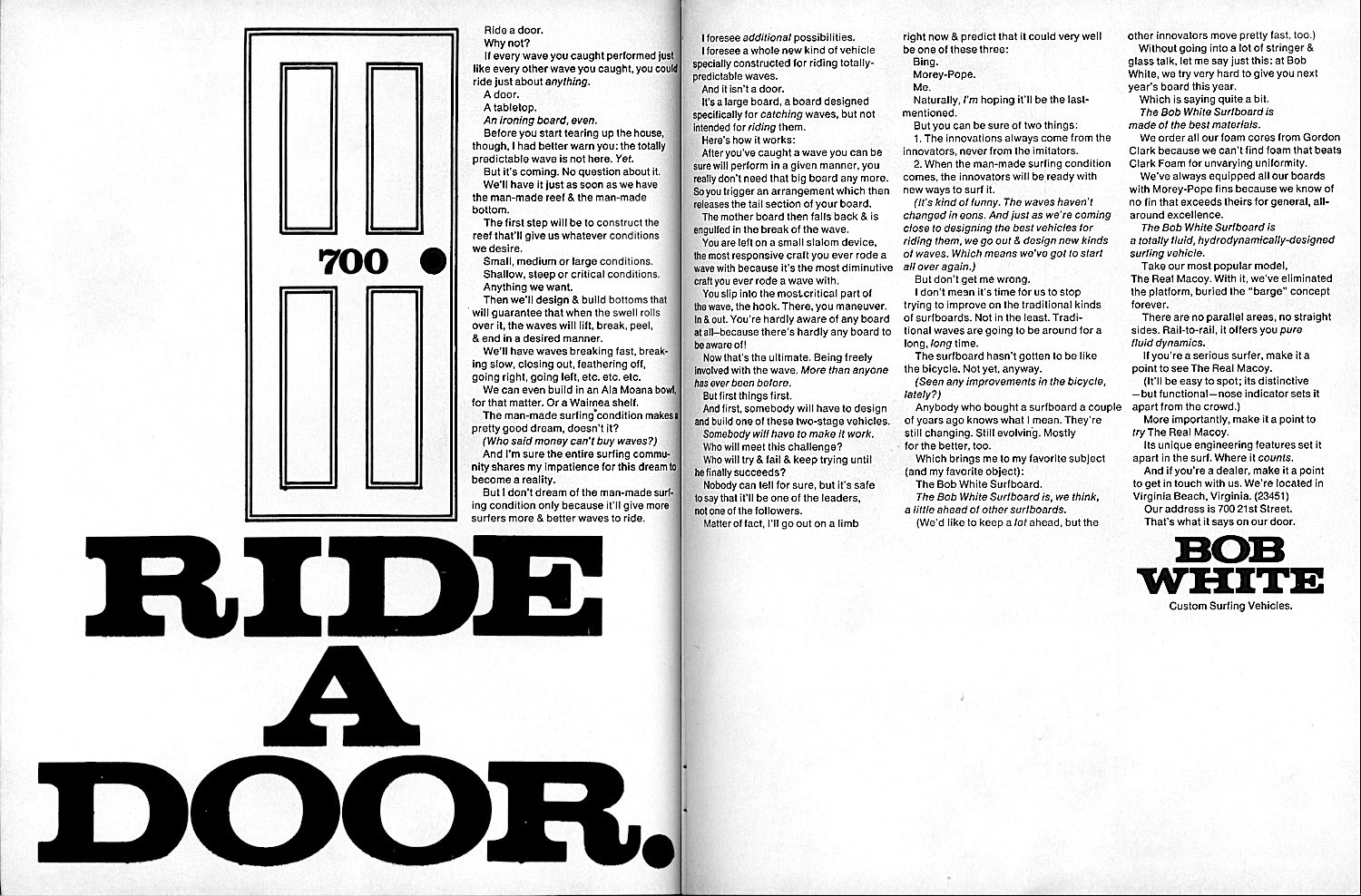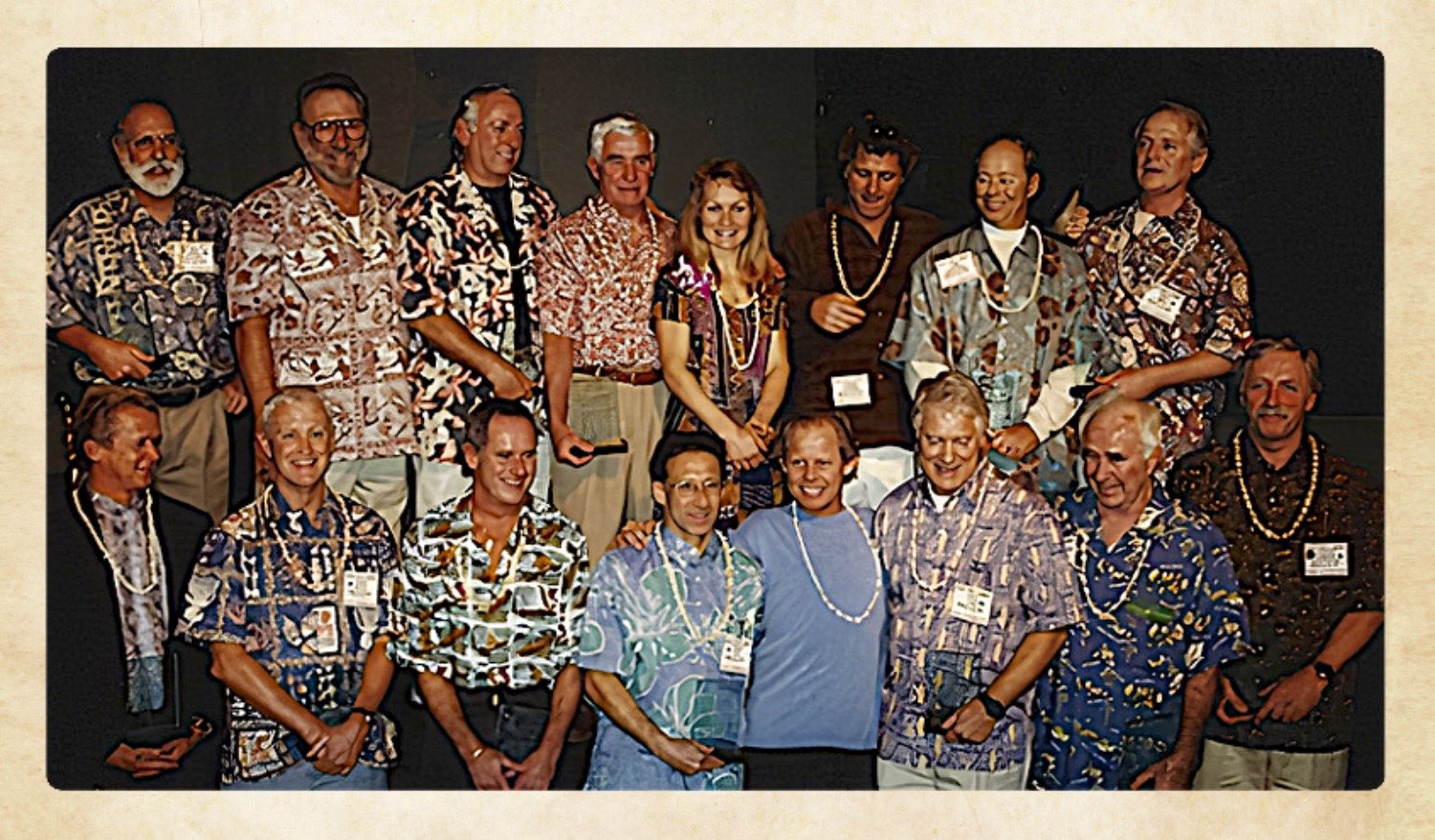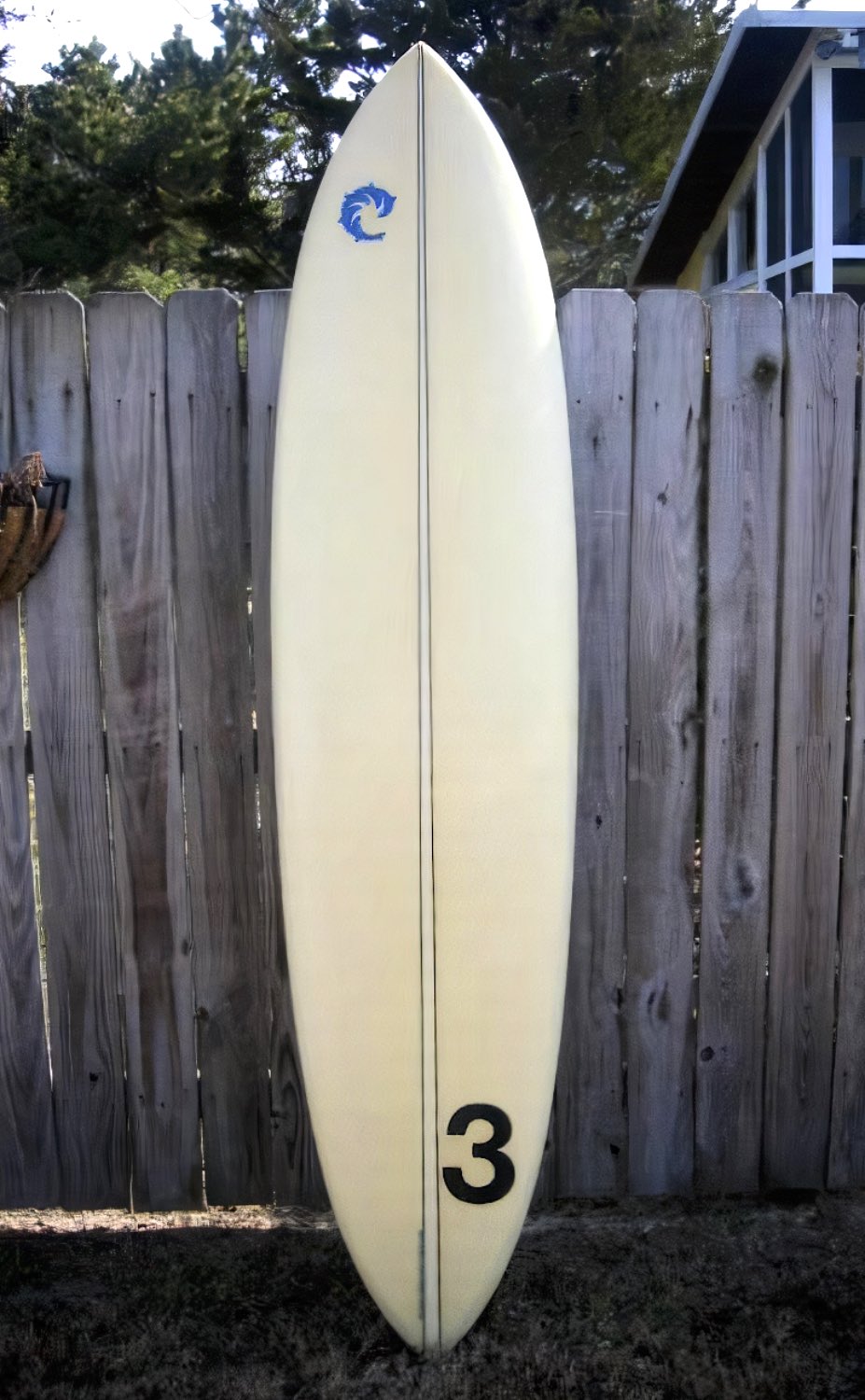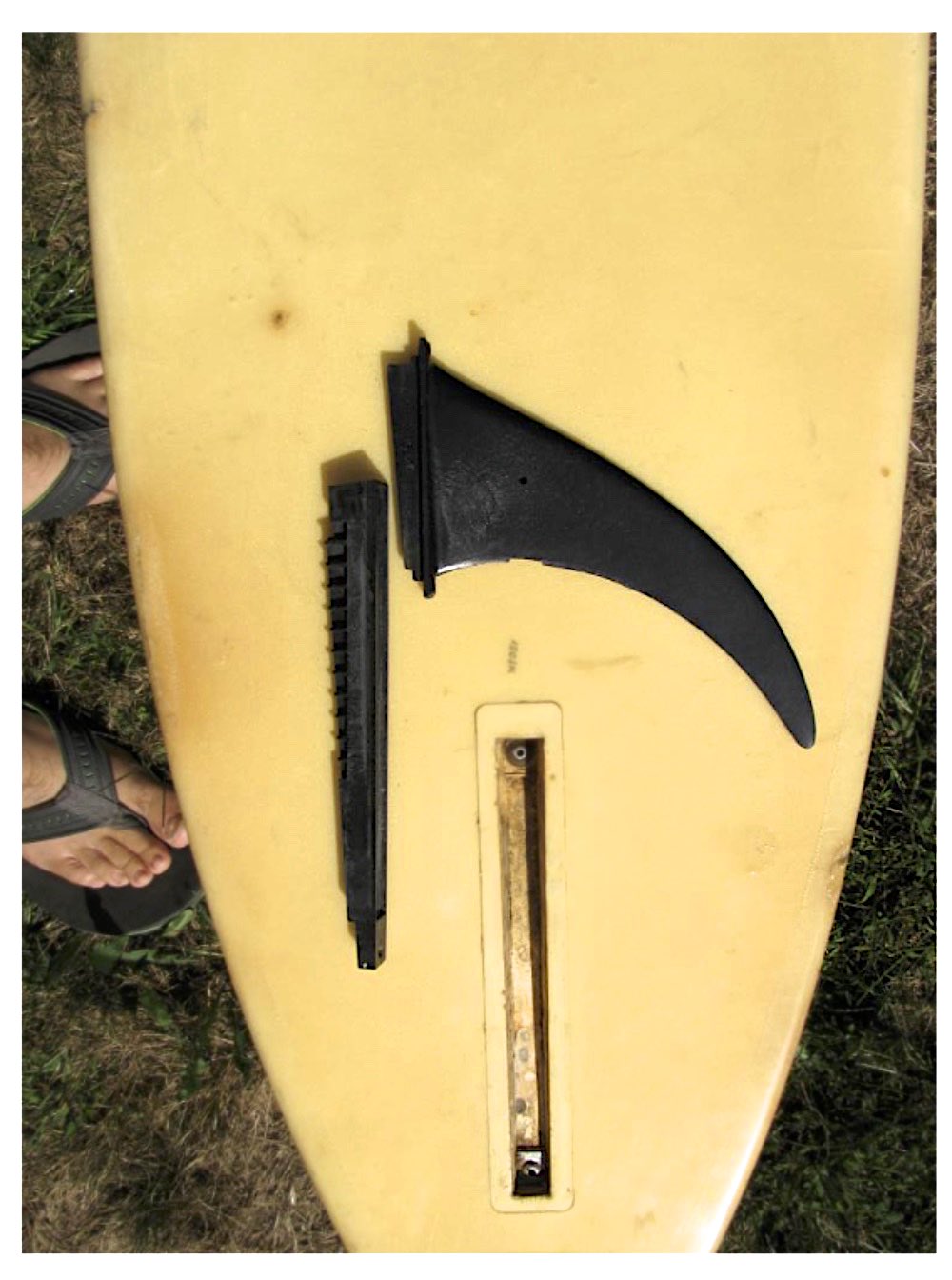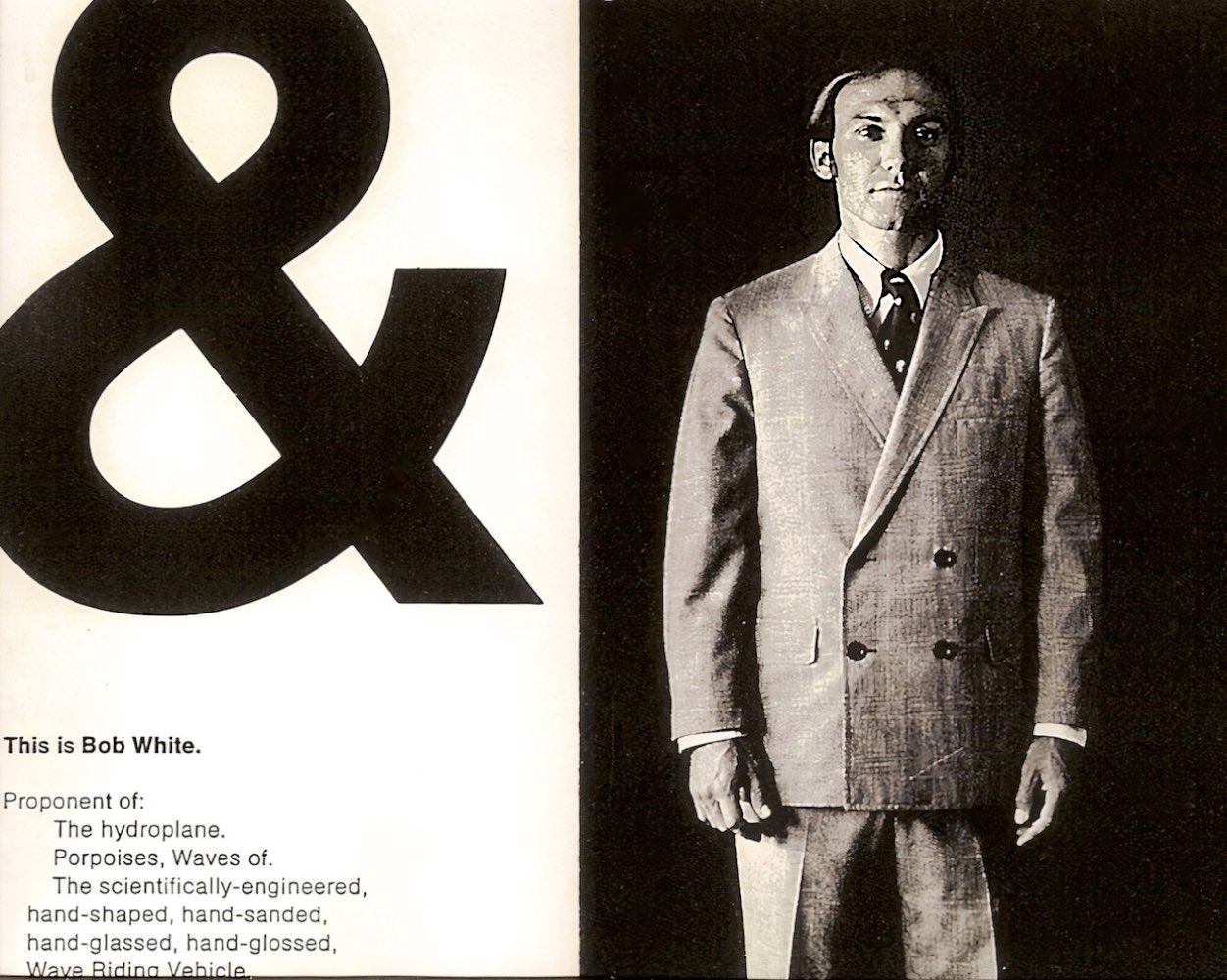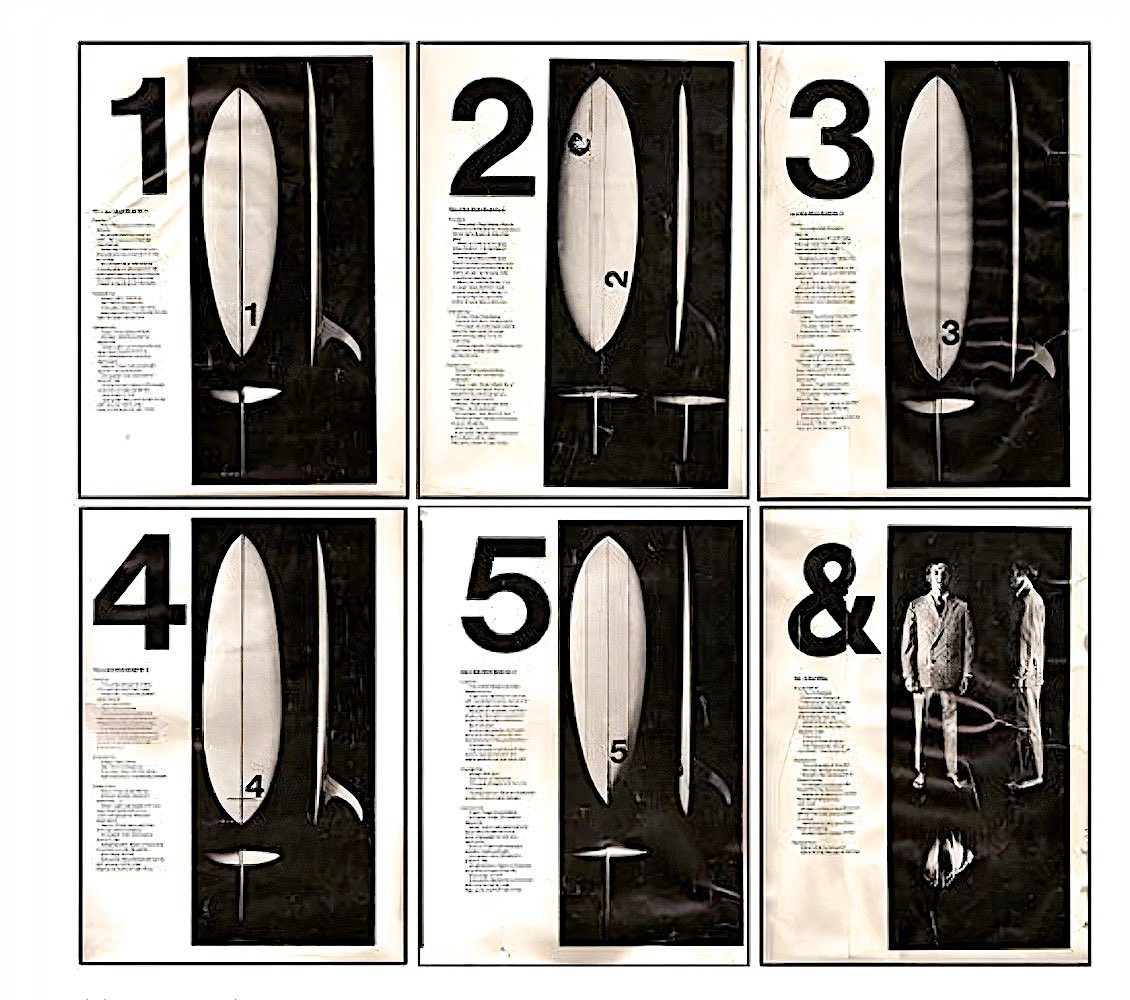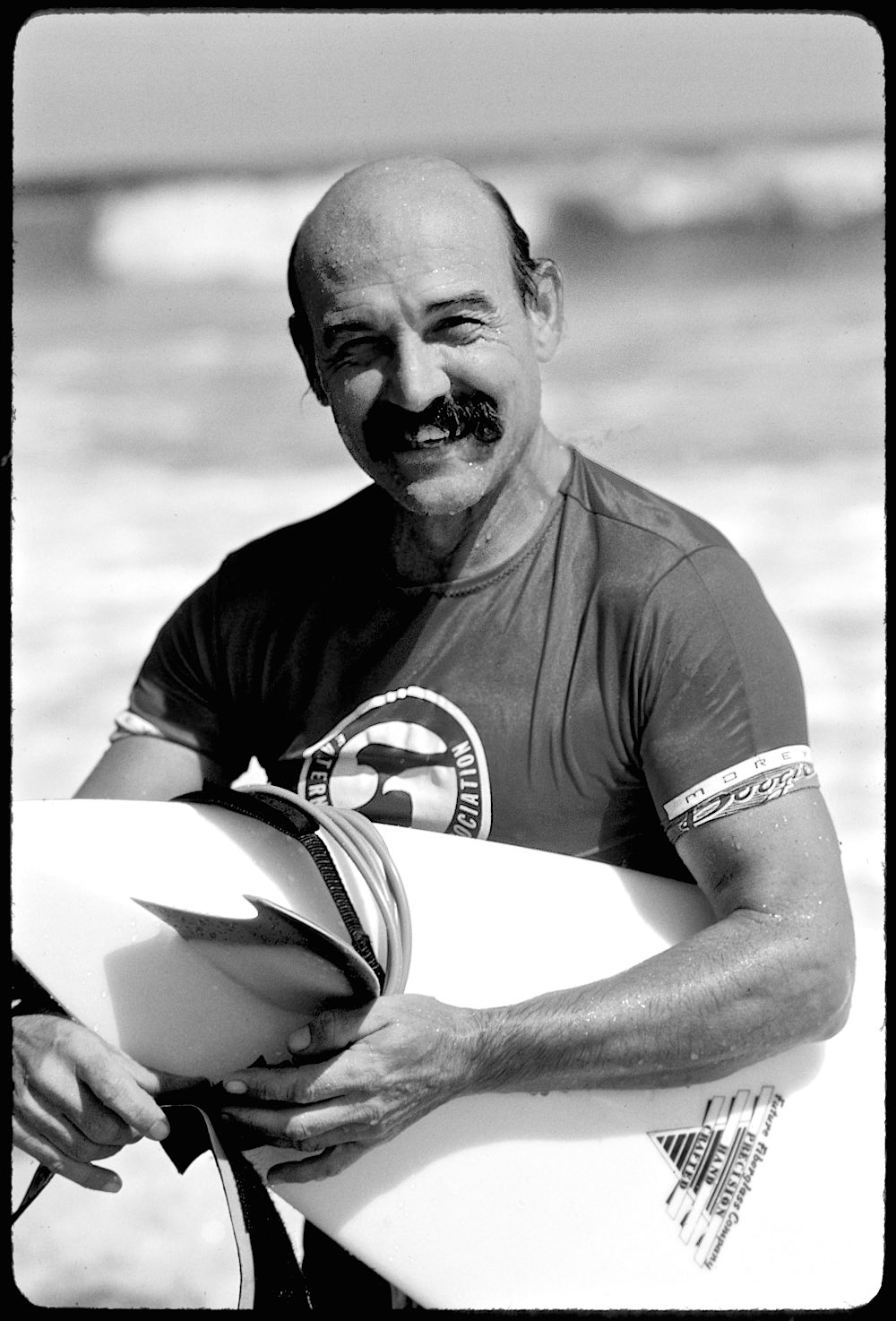Bob White
While the lives of most people who discover surfing are defined by the wave-riding addiction that ensues, the story of Bob White tracks in the opposite direction. As a part of the first wave of shapers to sprout from East Coast garages in the 1950s, White quickly became a board-building giant. And then, as fast as he had risen, he disappeared.
Born in Virginia Beach, Virginia, White started surfing early on, alongside other VB up-and-comers Pete Smith and Bob Holland Jr. And like Smith and Holland, White began shaping boards in his garage before moving the operation into a small, cinder block building in 1967, with the help of investment from a group of local businessmen. That shop’s name? Only one of the most recognizable labels in all the surfing land: Wave Riding Vehicles, WRV.
“This is a crude, strange little business,” White said of WRV in 1968. “You’re dealing with free-thinking artistic people — surfers are fascinating, but they don’t like large capitalistic ventures.” Three years later, in 1970, he cashed out and sold to two of his employees, Bill Frierson and Les Shaw. Over the ensuing decades, Frierson and Shaw built WRV into the largest surfboard manufacturer on the East Coast — and a coveted craft among core surfers around the world.
White may have stepped away prematurely, but not without earning permanent recognition as one of East Coast surfing’s earliest visionaries. For that honor, White was inducted into Greg Noll’s East Coast Surfing Legends Hall of Fame in 1996.
Photos by Dick “Mez” Meseroll / ESM, Kevin Welsh / Surf NRG, Roger Scruggs and courtesy Bob White

